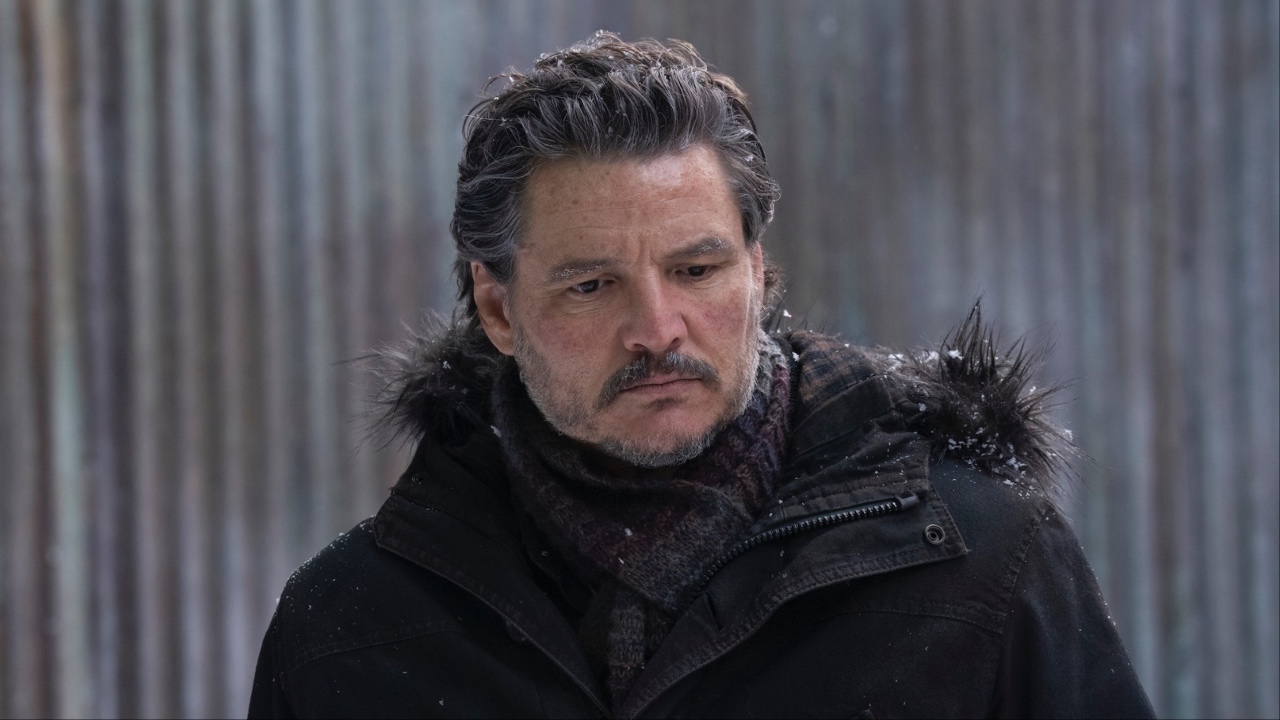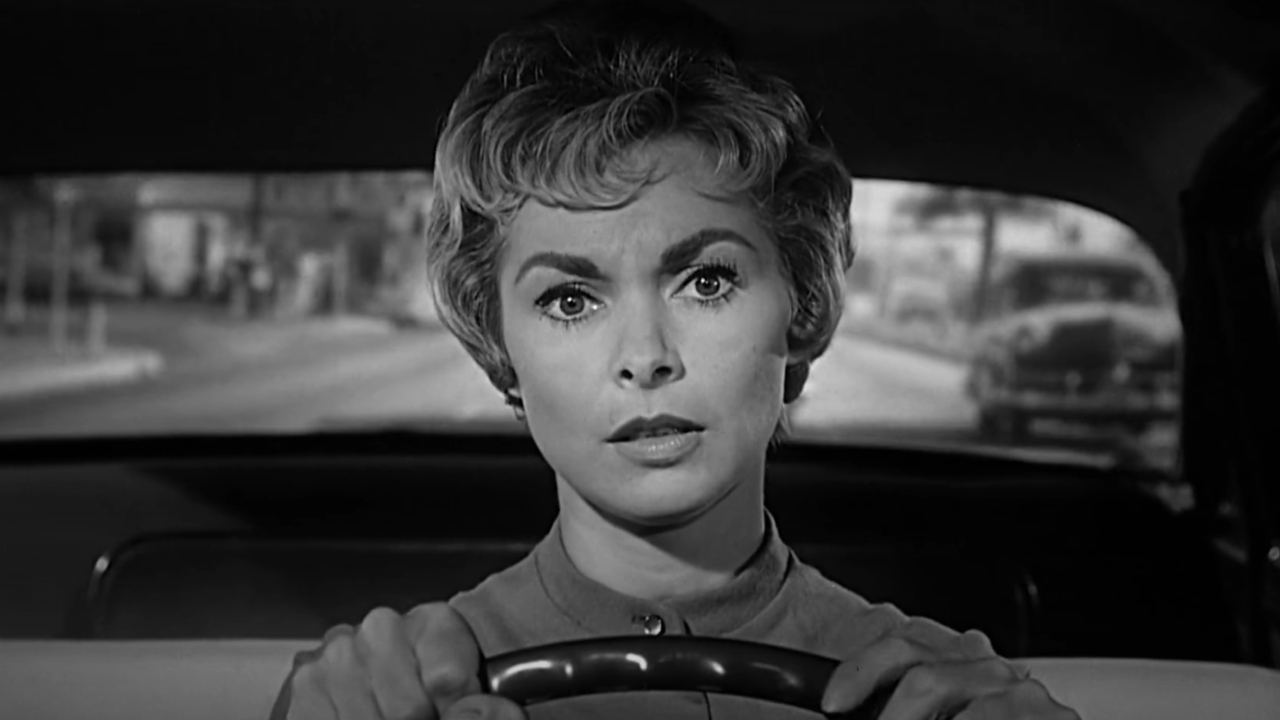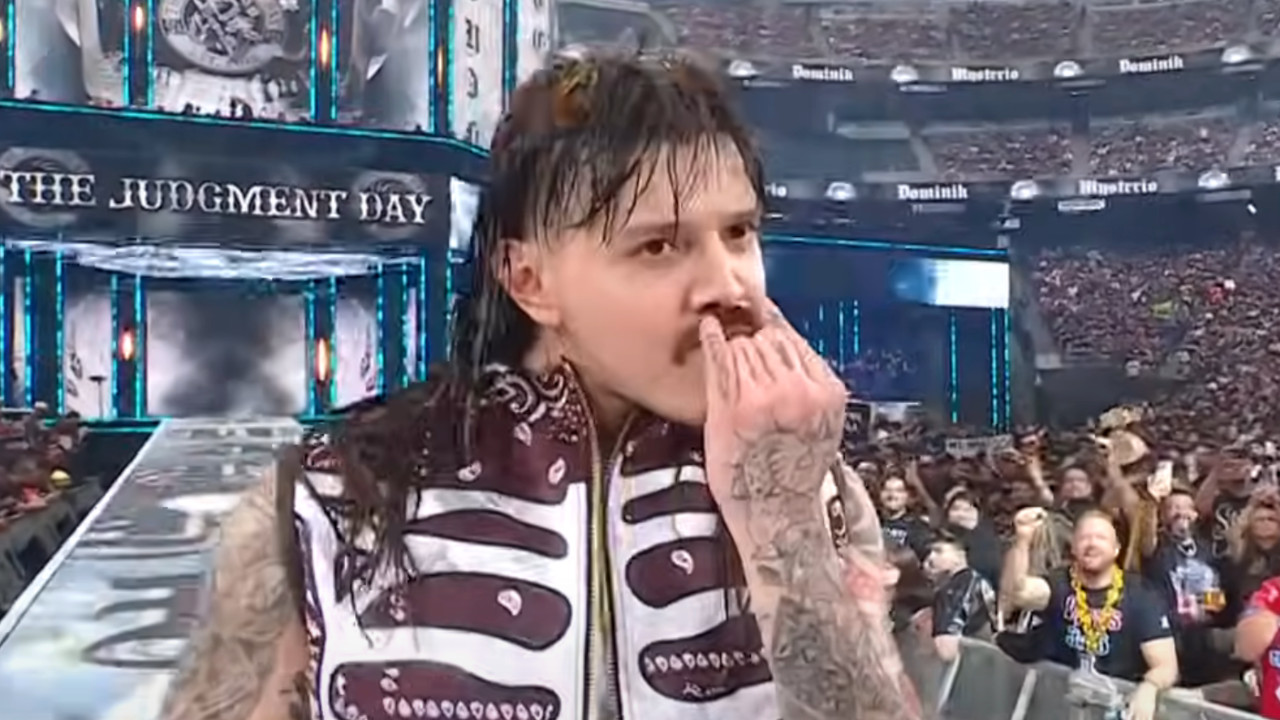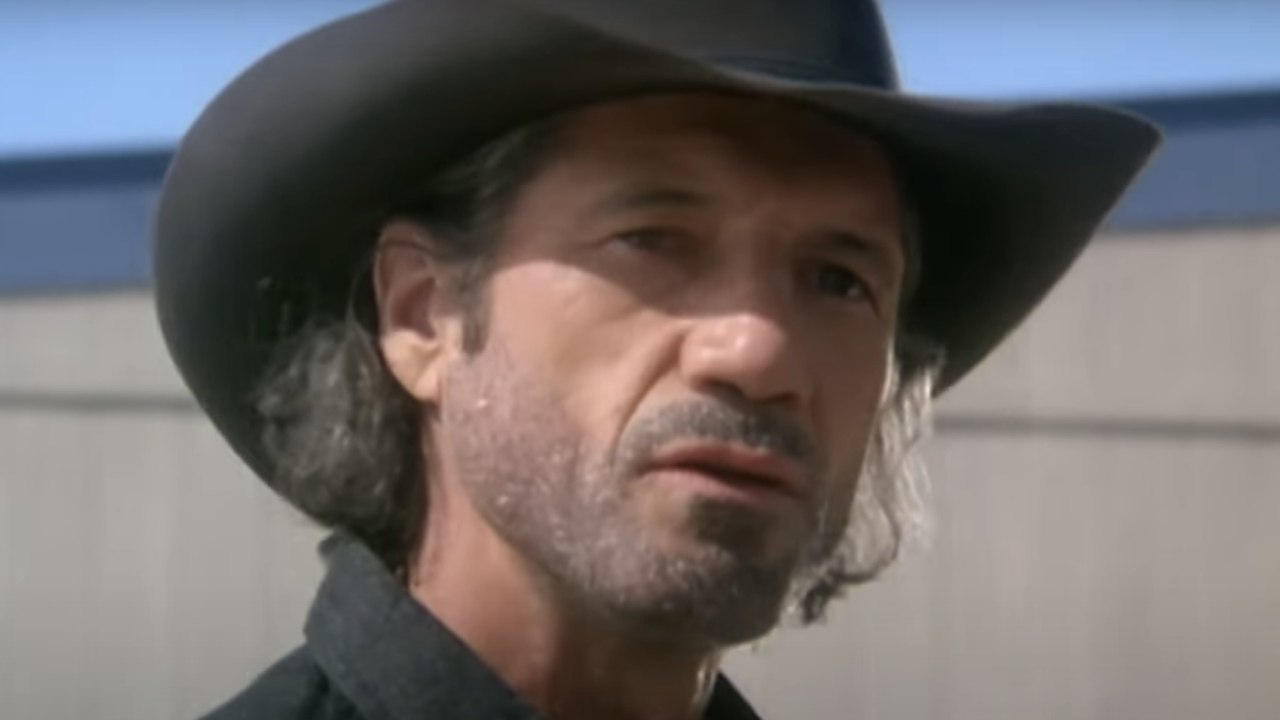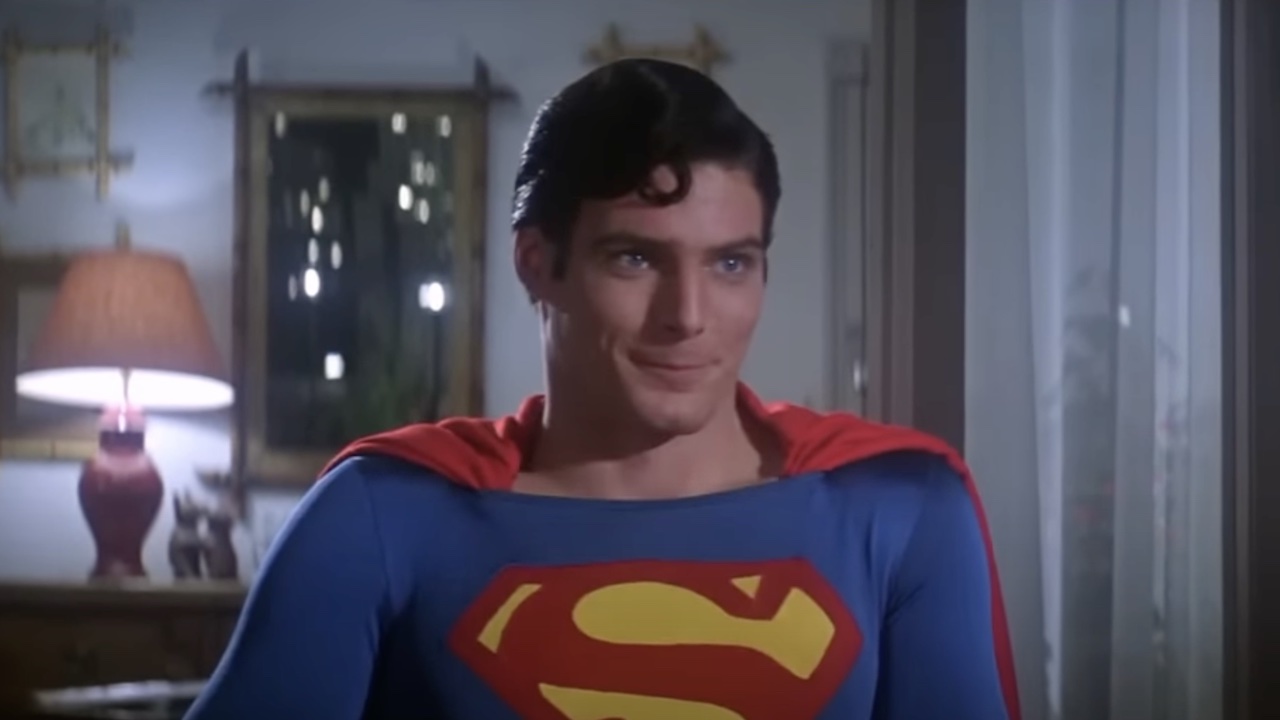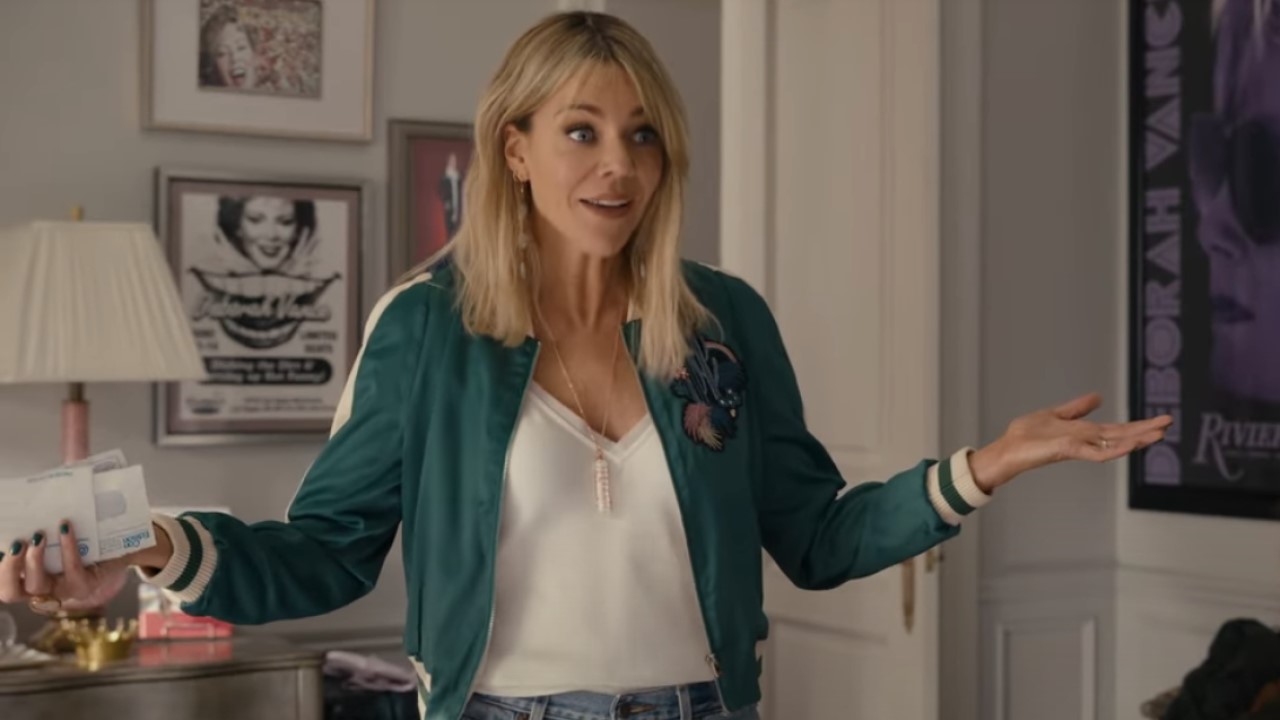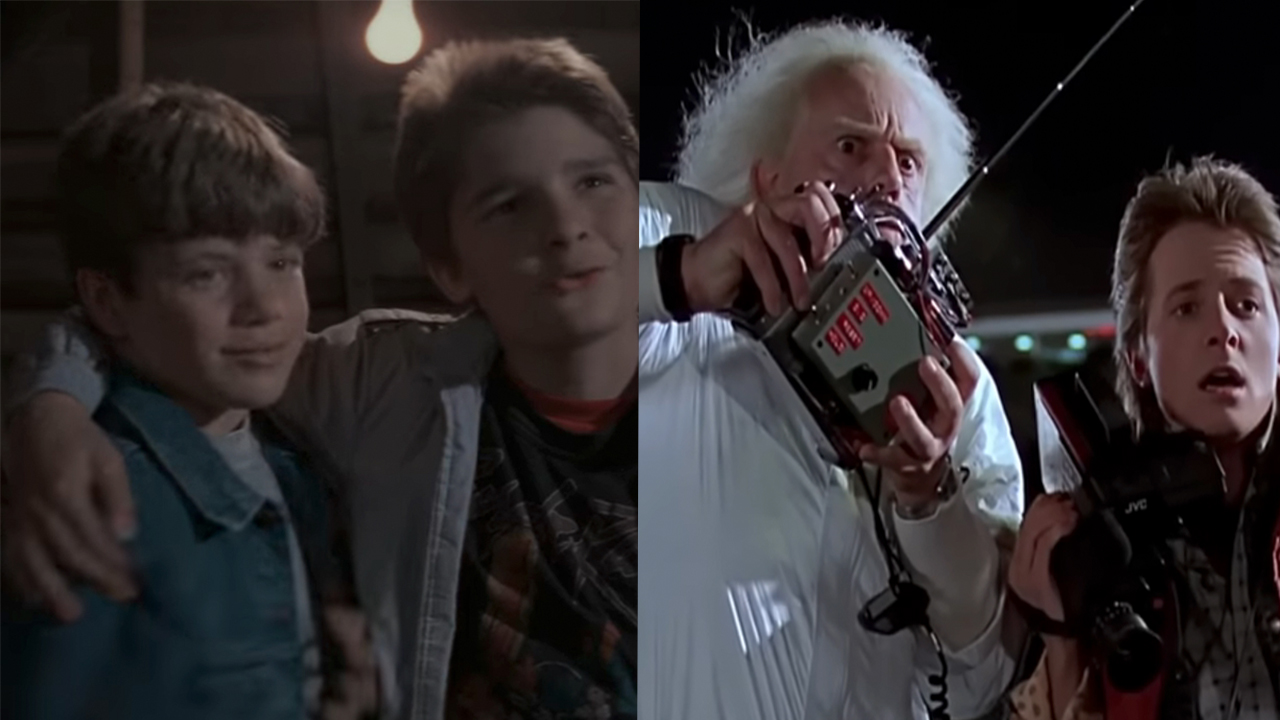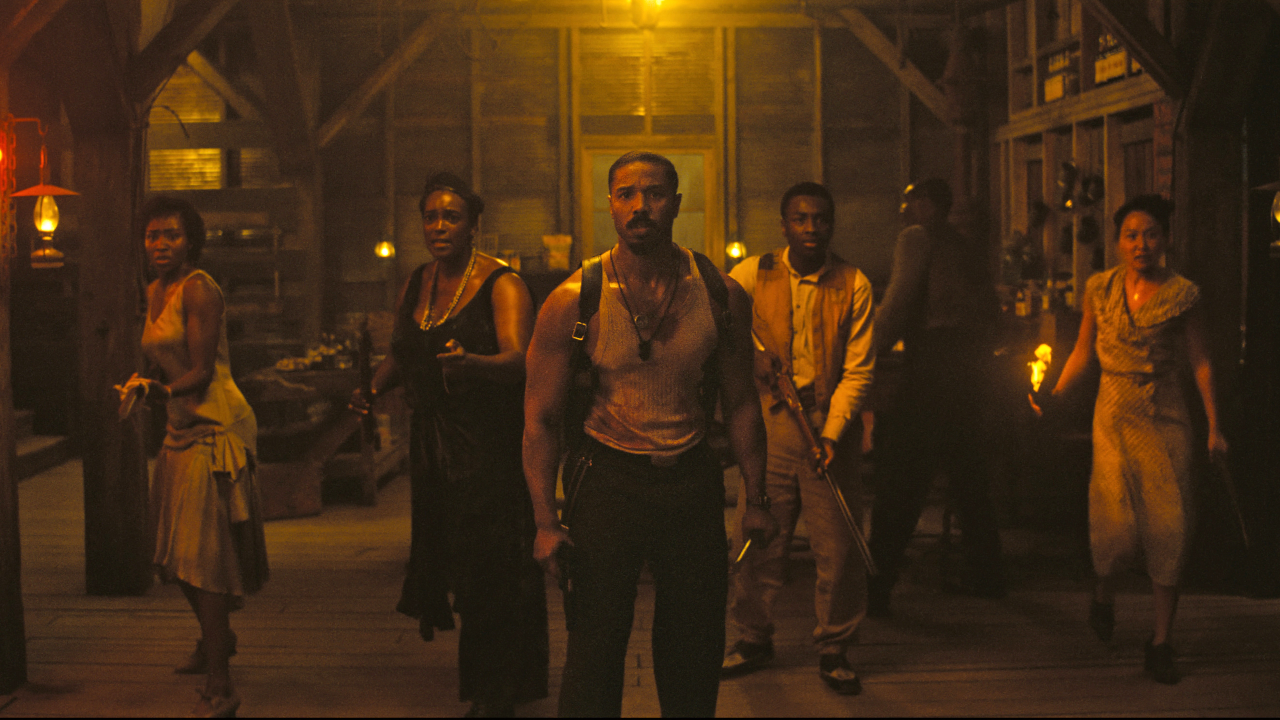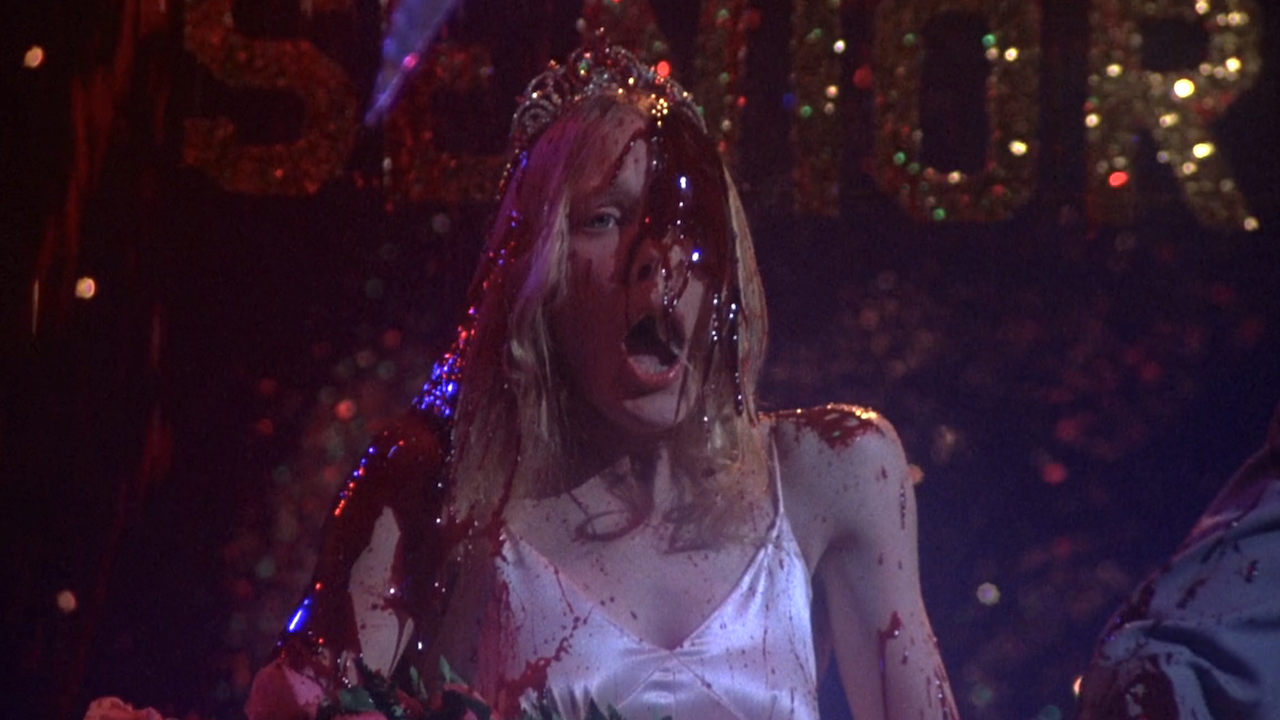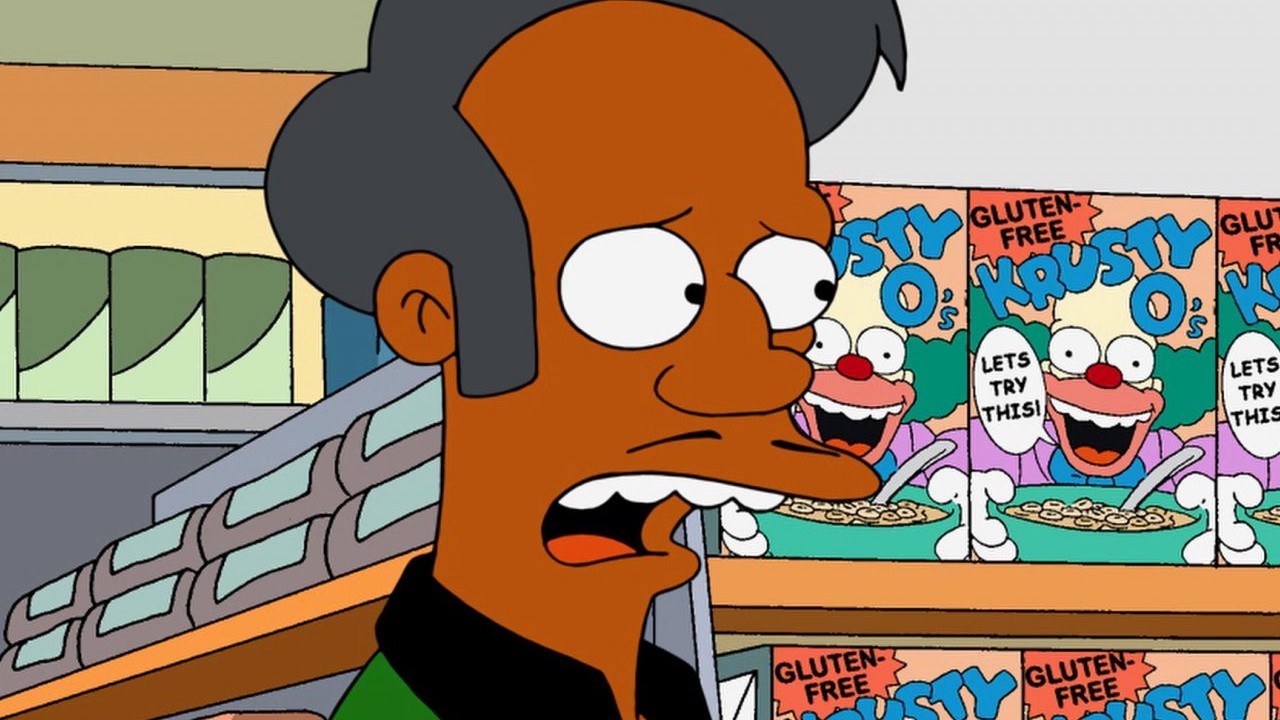The Studio Is Brilliant, But There Is One Thing I Fear Is Becoming An Overcooked TV Trend
This could be a hot take.
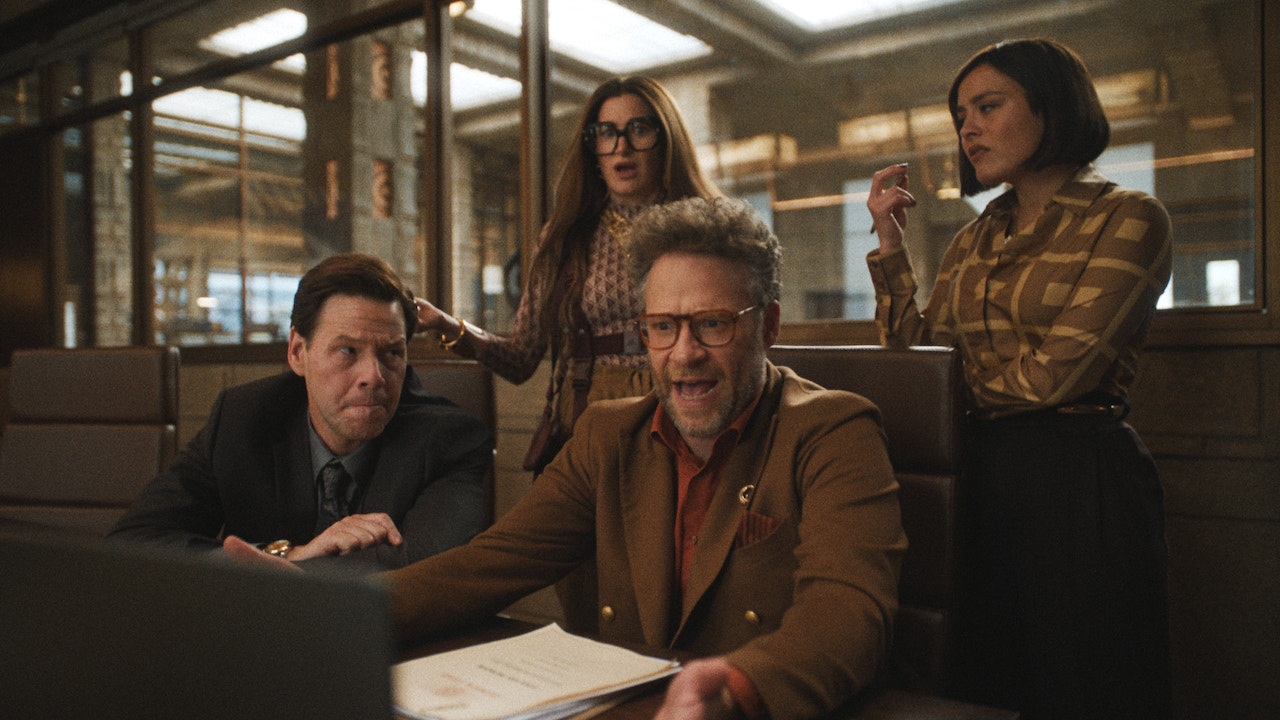
SPOILER WARNING: The following article contains light spoilers about The Studio, so if you want to go into the new 2025 TV show with the freshest eyes possible, I recommend you proceed with caution before doing a double-take as you read on.
I have yet another reason to be relieved that I have an Apple TV+ subscription, and that reason is The Studio. Co-creator and co-director Seth Rogen also leads the cast of the comedy as a newly appointed movie studio head who is constantly challenged with decisions that might financially benefit the company but negatively impact the “art” they produce. I agree with most critics’ feelings about The Studio that it is easily one of the best Apple TV+ original TV shows I have seen yet, with its impeccable satirical wit, almost frighteningly realistic depiction of what goes on in the industry, and even its impressive technical mastery.
However, I must admit that the one thing I most appreciate about the new Apple TV+ series on a technical level is also a source of concern for me. Nothing about how it is utilized in The Studio is an issue in my eyes, but it is this otherwise impressive and widely celebrated filmmaking technique’s increased commonality, especially in the world of television, that has me worrying that it may be overstaying its welcome. Allow me to explain…
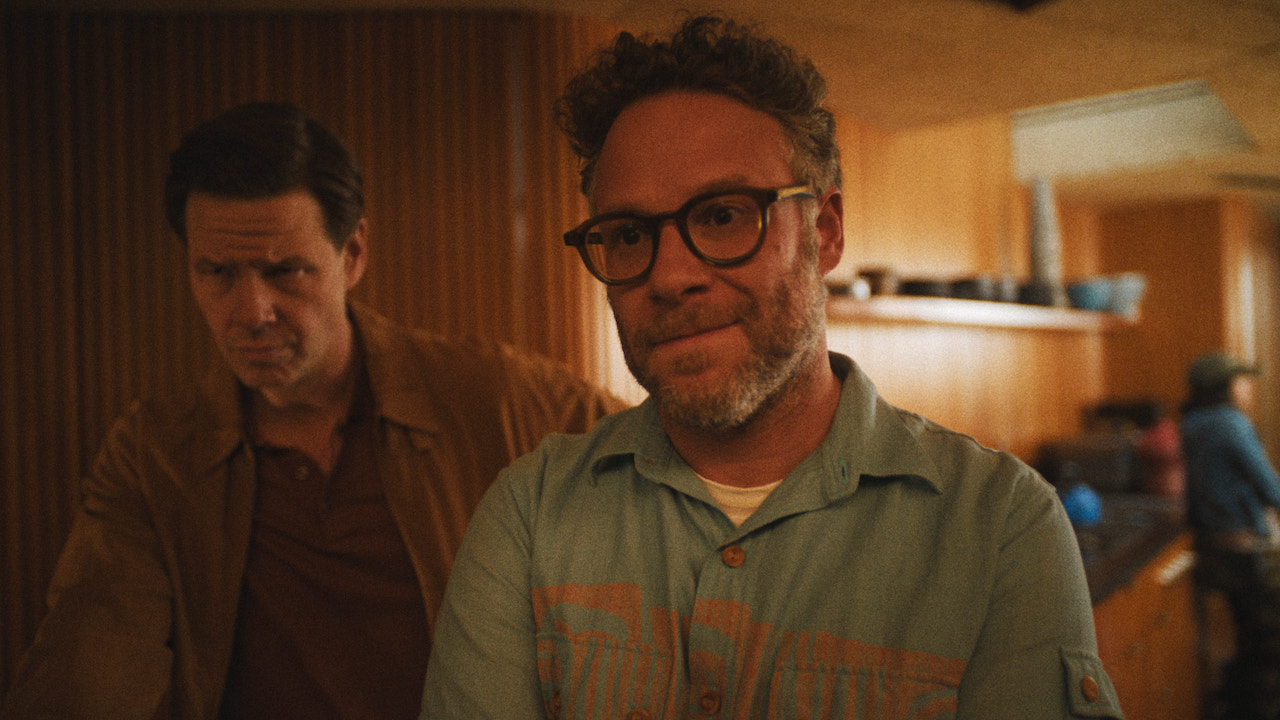
Every Scene In The Studio Is A Oner
As a huge fan of unbroken, one-shot takes in films (one of my all-time favorite movies is the Best Picture Oscar winner Birdman), I was delighted to discover that literally every single scene in The Studio is shot in this style. In fact, the entire second episode, aptly titled “The Oner,” is a single, continuous shot depicting the struggles that come with achieving these types of scenes. Rogen and co-creator and co-director Evan Goldberg told IndieWire that they were inspired by the opening scene of Robert Altman’s 1992 industry satire, The Player.
I believe that The Studio’s use of oners, shot on a 21mm lens by cinematographer Adam Newport-Berra, is a perfect choice for the series, enhancing its fast-paced style and anxiety-ridden tone. However, I fear that they are becoming a little too common in the TV landscape lately and that they could soon reach a point of oversaturation.
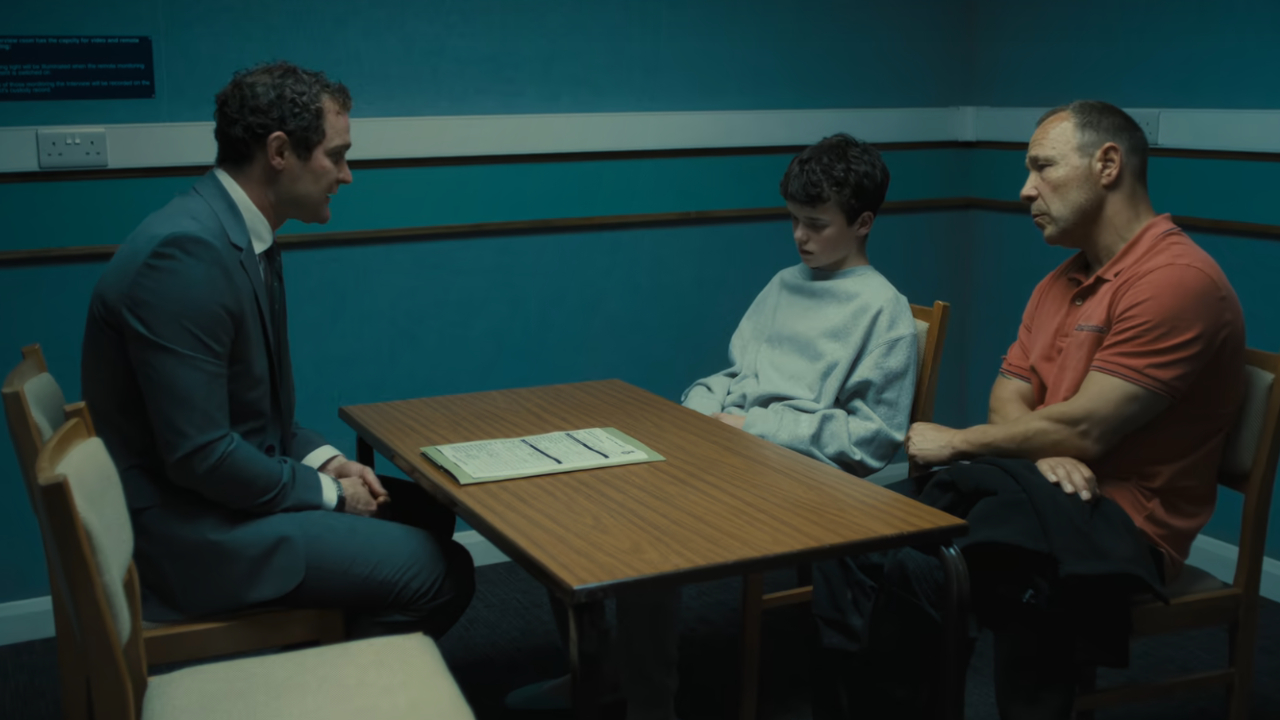
Adolescence Just Used Oners To Brilliant Effect Only Weeks Before
At the time I am writing this, Adolescence has been available with a Netflix subscription for a little over two weeks and is still the most popular TV show on the platform. In addition to its stunning performances and thought-provokingly grim subject matter, the four-part miniseries has been praised for how each episode is filmed in one continuous take and in real time with no tricky editing. It also premiered less than two weeks before The Studio, which is the shortest gap between two different pieces of media to heavily use oners that I can recall. This begs the question, “How much is too much of a good thing?”
Earlier in the same month, Disney’s new Marvel TV show, Daredevil: Born Again, opened with a one-take fight scene, which had essentially become tradition for the series’ original Netflix incarnation. The same can be said for The Bear, which aired a one-take episode in its first season that blew fans away, inspiring more full oner episodes to come and, likely, plenty more shows and movies to try their hands at the idea. The thing is, what really makes shots like these “mindblowing” is not just their challenging nature, but their infrequency. However, as oners have become more frequent lately, I cannot help but worry how long we have before they are no longer special.
CINEMABLEND NEWSLETTER
Your Daily Blend of Entertainment News
You know, I think the one to blame for this trend, really, is Mike Flanagan, who certainly blew me away with the sixth episode of one of his greatest movies or TV shows, The Haunting of Hill House, which is virtually unbroken from start to finish. I honestly believe the reason some fans were disappointed in the follow-up, The Haunting of Bly Manor, is that there was nothing quite as technically impressive in that otherwise beautifully told, haunting story. In that regard, I think a continued demand for oners is what will keep them interesting. I hope TV creatives and filmmakers alike agree.

Jason Wiese writes feature stories for CinemaBlend. His occupation results from years dreaming of a filmmaking career, settling on a "professional film fan" career, studying journalism at Lindenwood University in St. Charles, MO (where he served as Culture Editor for its student-run print and online publications), and a brief stint of reviewing movies for fun. He would later continue that side-hustle of film criticism on TikTok (@wiesewisdom), where he posts videos on a semi-weekly basis. Look for his name in almost any article about Batman.
You must confirm your public display name before commenting
Please logout and then login again, you will then be prompted to enter your display name.
